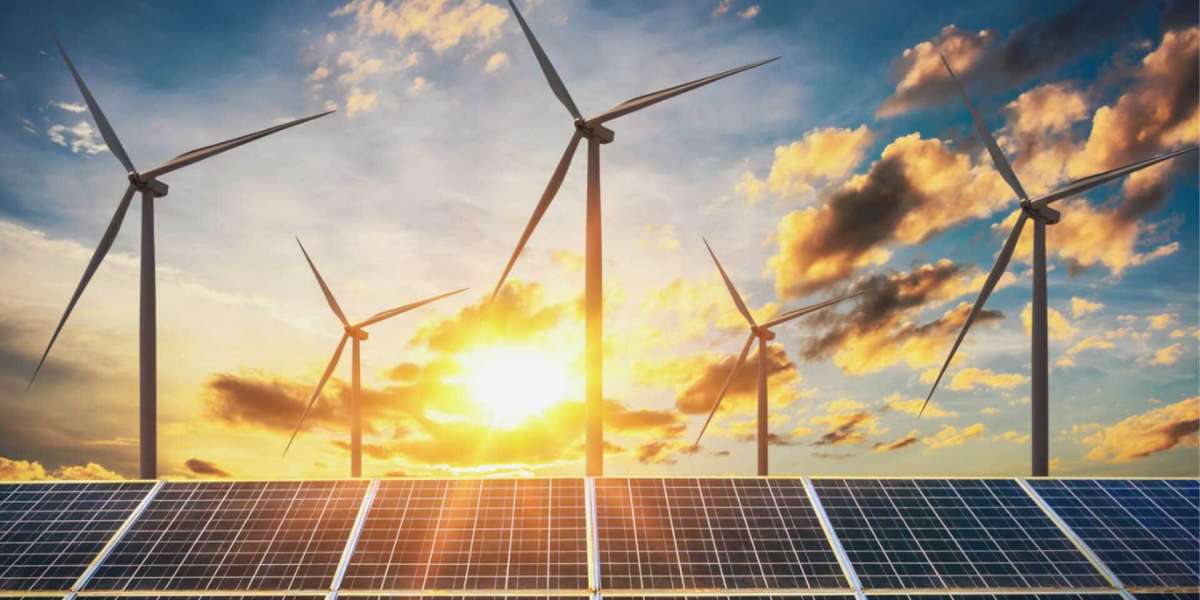Heterojunction cell, also known as "HJT cell", is an efficient crystalline silicon solar system battery structure. It is a hybrid solar cell made of crystalline silicon substrate and amorphous silicon thin film, that is, a layer of non-doping hydrogenated amorphous silicon thin film is added between P-type hydrogenated amorphous silicon and N-type hydrogenated amorphous silicon substrate.
According to the company's official wechat disclosure, after certification, the company's independent research and development of silicon heterojunction cell conversion efficiency reached 26.81%, breaking the dust of five years of silicon solar cell efficiency new world record, regardless of technical route. The record was set with the goal of mass-producing equipment, technology and a large area of all-silicon wafers, the company said.
Heterojunction has the advantages of short process flow, natural adaptation to thin silicon wafers, and has the advantages of low temperature coefficient, high conversion efficiency, high double-sided rate, low attenuation, low carbon footprint and so on. The low temperature process is perfectly suitable for perovskite lamination process.
Heterojunction cell is called intrinsic thin film heterojunction cell. It is a new type of cell based on photovolt-effect. Due to its unique double-sided symmetrical structure and excellent passivation effect of amorphous silicon layer, it has the advantages of high double-sided ratio, almost matte attenuation, high conversion efficiency, good temperature characteristics, thin silicon wafer can be used and perovskite can be superimposed, and its manufacturing process is short. It will be more popular in the future.
After the application of heterojunction cell technology in the photovoltaic field, the conversion efficiency of photovoltaic cells increased from 22.3% to 24%, that is, the annual power generation of a power station with the same land area increased by 7.6%. Meanwhile, the heterojunction technology not only has excellent conversion efficiency, but also has relatively simple production process.
With the continuous progress of HJT cost reduction and efficiency improvement, each head mainstream battery plant will start GW production expansion of HJT in 2023. Extended time period, HJT is the lowest cost, the highest positive efficiency, the highest double-sided rate of the battery. By 2024 -- 2025, HJT cells are expected to be a dime or more cheaper per unit than PERC cells, a difference that will be enough to disrupt the industry and attract large manufacturers to expand production. With HJT moving towards mass production stage, the market value of the industry is expected to reach 300 billion in 2025.



